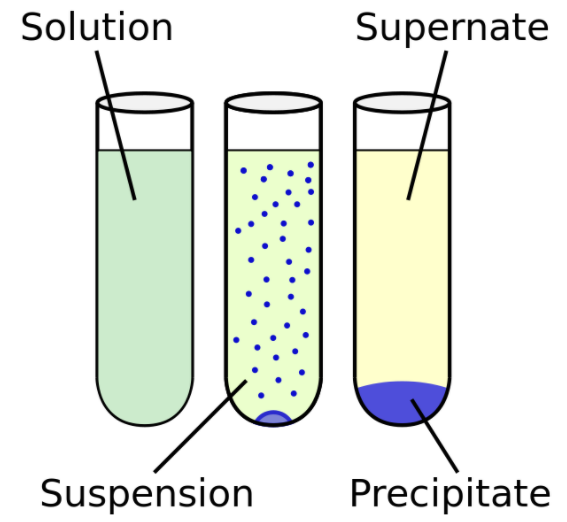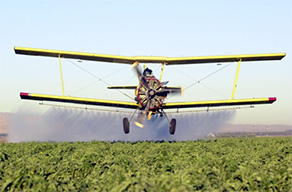Concentrated aqueous formulations, such as a suspension concentrate (SC), have been used to deliver agrochemicals to targeted sites for many years. However, a typical SC may contain a significant amount of non-essential ingredients for plant growth in order to maintain the stability of SC formulations.
These non-essential ingredients include dispersants, such as a naphthalene sulfonate condensate, suspension aids/stabilizers, such as an acrylate copolymer stabilizer, anti-freezing agents, such as propylene glycol, defoamers, thickeners, such as xanthan gum or modified clay, preservatives, and wetting agents. These non-essential ingredients not only increase the formulation costs, but also increase potential pollution to farm lands and potential health issues for workers.

We have developed a unique formulation technique (patent pending) using a concentrate aqueous fertilizer as a medium to suspend agrochemical powders without any additives or with only a small amount of wetting agent. We call this type of SC a Fertilizer Suspension Concentrate (FSC).
We know that solid agrochemicals are typically heavier than water. In order to stabilize the powders in water, a thickener plus a stabilizer are used to prevent the settling of the powders. In order to prevent freezing of water, an anti-freezing agent is necessary.
The technique first involves finding out the appropriate aqueous fertilizers and an appropriate concentration for the powder. If the powder is not hydrophilic enough, add a few percent wetting agents, such as a Phospholan? phosphateester. Milling may further improve the stability of the FSC.

Examples of the aqueous fertilizers are 10-34-0 (N-P-K, ~56% ammonium polyphosphate) and URAN 32 (~ 80% solid with ~45% ammonia nitrogen and ~34.8% urea in ~20% water).
Many powders will float in 10-34-0 because 10-34-0 has a very high density (1.40 g/ml). On the other hand, URAN 32 has a lower density (1.32 g/ml) than 10-34-0. Therefore, combining 10-34-0 with URAN 32 or 10-34-0 with water will give you a fertilizer solution with a wide density range that sufficiently matches the density of the powders (see illustration in Fig. 1).
**The above information is for customers’ reference only. Performance characteristics vary depending on specific application. please contact us by email at info@fznewmaterials.com if detailed application method for materials needed.
NEWSLETTER SIGNUP
By subscribing to our mailing list you will always be update with the latest news from us.
We never spam!
Copyright © Mingguang Feizhou new materials Co., Ltd. All Rights Reserved. | Sitemap